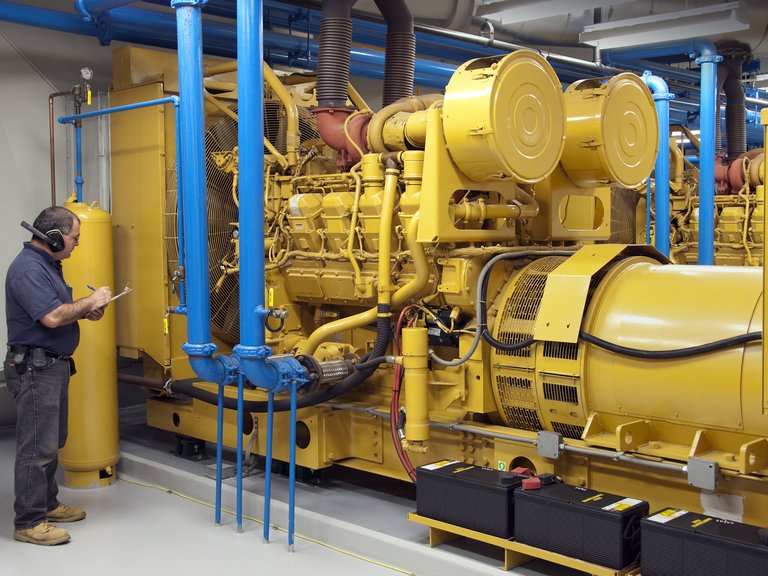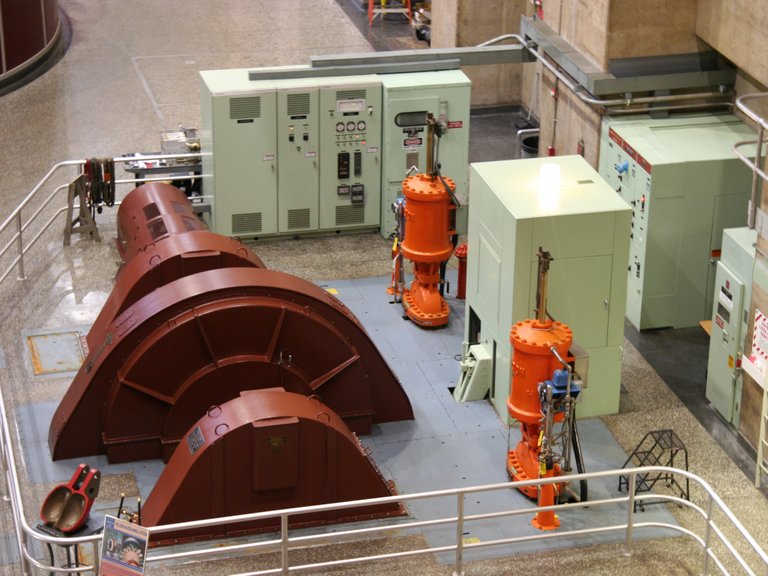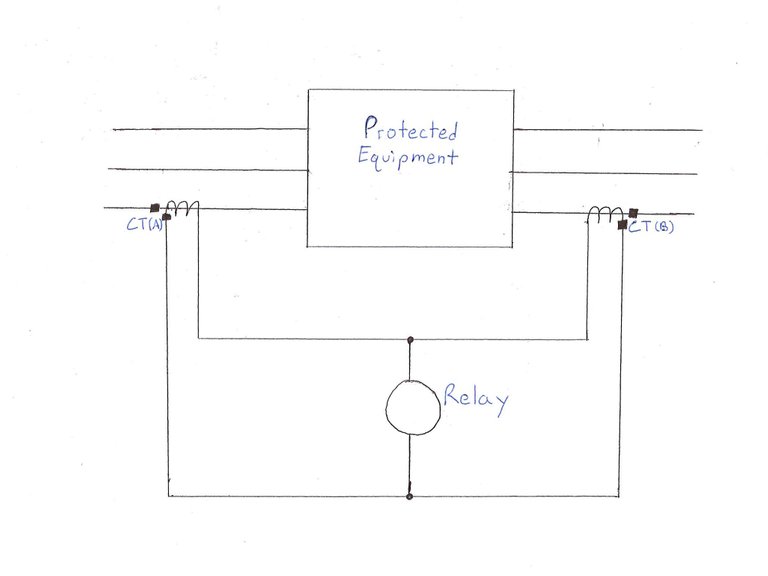How to Detect Generator Faults with Generator Protection


A fault could interrupt service and must be detected immediately.
Your generator protection must have a way to detect generator faults. A fault is any unwanted current flow in an electrical system. Faults can cause all kinds of problems for your generators, including current loss, interruption of power delivery, and damage to the generator due to overheating.
There are three things your generator protection needs to do when your system encounters a fault. First, the protection system has to detect generator faults. Next, the circuit in which the fault occurs has to be tripped. Finally, the specific physical location of the fault has to be found so that the fault can be repaired.
How to Detect Generator Faults: Multiphase Faults and Differential Protection
One of the best ways to pick up multiphase faults on any machine, generators included, is by using differential protection. This is a fairly simple implementation of protective relaying.

A simple circuit that can be used to detect faults on any protected equipment.
The circuit consists of:
- Two current transformers (CTs), one on either side of the protected equipment. We’ll call these A and B.
- A relay between the two CTs.
Locating the Fault
So you know how to detect generator faults, and based on where the relay tripped, you have a rough idea of the location of the fault. What you need to know now is the exact location of the fault so that the fault can be repaired.
But how do you go about finding a fault?
Closing
So that wraps it up! Hopefully now you know a little bit more about how to detect generator faults and how to locate a fault once it’s been detected. If you have any more questions, feel free to shoot me an e-mail at [email protected]. You can also sign up for the Sparky Resource newsletter below, which goes out every Sunday. It’s got all kinds of cool stuff in it, possibly including answers to questions you might have after reading this article! As always, thanks for reading!If you like this article and want to hear more sign up for our newsletter at jmkengineering.com/newsletter
0
0
0.000
Congratulations @jmkengineering! You have completed the following achievement on the Hive blockchain and have been rewarded with new badge(s) :
You can view your badges on your board And compare to others on the Ranking
If you no longer want to receive notifications, reply to this comment with the word
STOPTo support your work, I also upvoted your post!
Do not miss the last post from @hivebuzz: